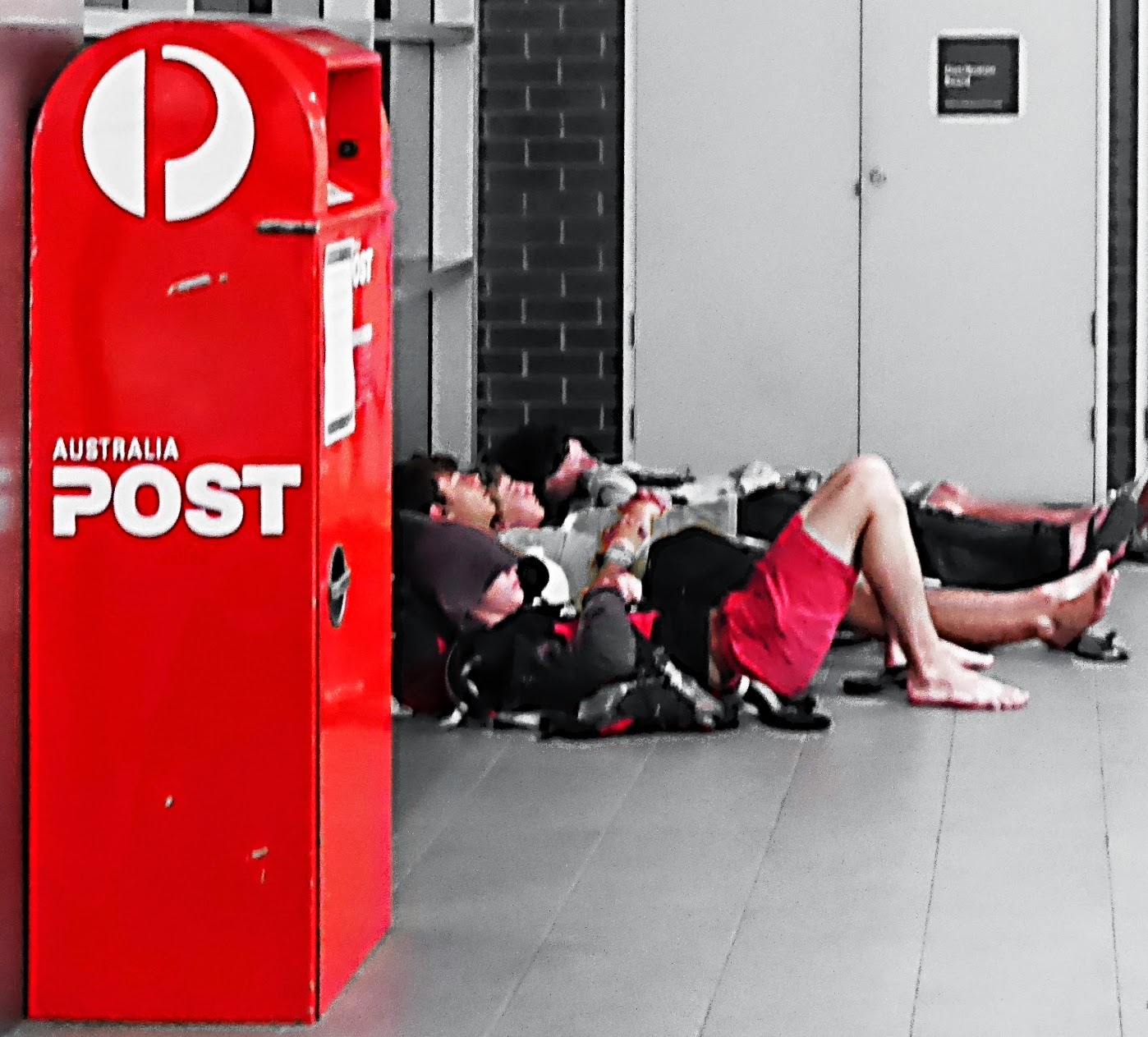
One of my jobs last week was to pickle takenoko (bamboo shoots). Konrad tells me that takenoko means child of bamboo. Well, this is is the season for bamboo children, before they grow too large and fibrous. When you find them in the forest they are quite biomorphic, like claws reaching up through the soil. At the moment we eat them fresh, but if we pickle them they are available to eat throughout the year.

Konrad and others collected many baskets full of them. The soil is soft so the takenoko is not too difficult to dig out of the ground.
It was my job to slice the claws in half lengthways and to ease the soft centre out of the furry/scaly outer layer. I lined a wooden pickling bucket with plastic and arranged the takenoko in layers, with handfuls of salt between each layer to act as a preservative. Finally I sealed the takenoko inside the plastic bag, then fitted a lid inside the bucket with a heavy weight on top. They should be ready in a few months, compressed and soft. I hope they will be okay to eat.
Perhaps the most important job last week was to plant the rice seedlings in the first rice field. Except for those who were building the barn, the whole sangha took part. It was meticulous work that took the whole day. It was important to plant the seedlings in a strict grid pattern - the lines as straight as we could make them - so that later in the season the hand-operated weeding machines can be pushed between the rows without damaging the rice. The other challenge was the mud... very difficult to walk through at speed. The depth of the mud went up to our knees. Most of us wore high rubber boots and the suction tended to pull the boots from our feet. It was easier (apparently) to go barefoot, but I was scared of the cold!
See how fertile and lush it all looks? When I first arrived at Antaiji in early April the surrounding hills were grey. Now that the leaves have grown on the trees, the forests are dense and and green.
After the day of rice planting there were still plenty of things to be done, so instead of a sesshin we had a work morning and then free time in the afternoon. During free time many people relax, but the people with ongoing responsibilities tend to catch up on work they have not managed to complete. Here Tobi sits on the head of the bulldozer doing something dangerous with the electrical wiring.
Lluis used his free time to redesign the gravel in the southern zen garden. He created a pattern that reminded me of waves on the shoreline.
Moritz and Artur took advantage of the balmy weather to air their bedding.
And me? What did I do on Hosan?
Well, now is the time to reveal the truth behind this post...
I am writing this from 'down under' (!)
On Hosan I packed my bags. On Monday morning I left Antaiji and arrived in Melbourne via Cairns early yesterday afternoon.
When I first arrived at Antaiji I was determined to stick it out, to stay for
80 days no matter what. Well, that resolve didn't last! In the end I stayed for one month.
One
of the reasons that I came to Antaiji was to see if I might return on a
regular basis for further monastic training. I have decided that I don't feel
able to do this, or I don't have the courage for it or, more simply, I
don't want to. My lack of courage relates to the pain I experienced
during the 5 day sesshin and have felt since. While it seems that I am not strong enough for life at Antaiji, I'm aware that other people experience physical and psychological stress and yet choose to remain there. So maybe something else is missing, but I don't know what it is.
I really appreciated the life at Antaiji and the community of residents, both the
long-term residents and those who are staying for a short time. Although I missed
home very much, there was always someone to chat with over
coffee or mint tea. I enjoyed sitting with, eating with and working with the community - a respite from thinking about myself all the time. It will be interesting to see what life is like in the urban setting after this. A lot of free choice - I can help myself to something nice to eat whenever I feel like it! - but not necessarily any more satisfaction.
Back in Oz (Cairns domestic airport).












